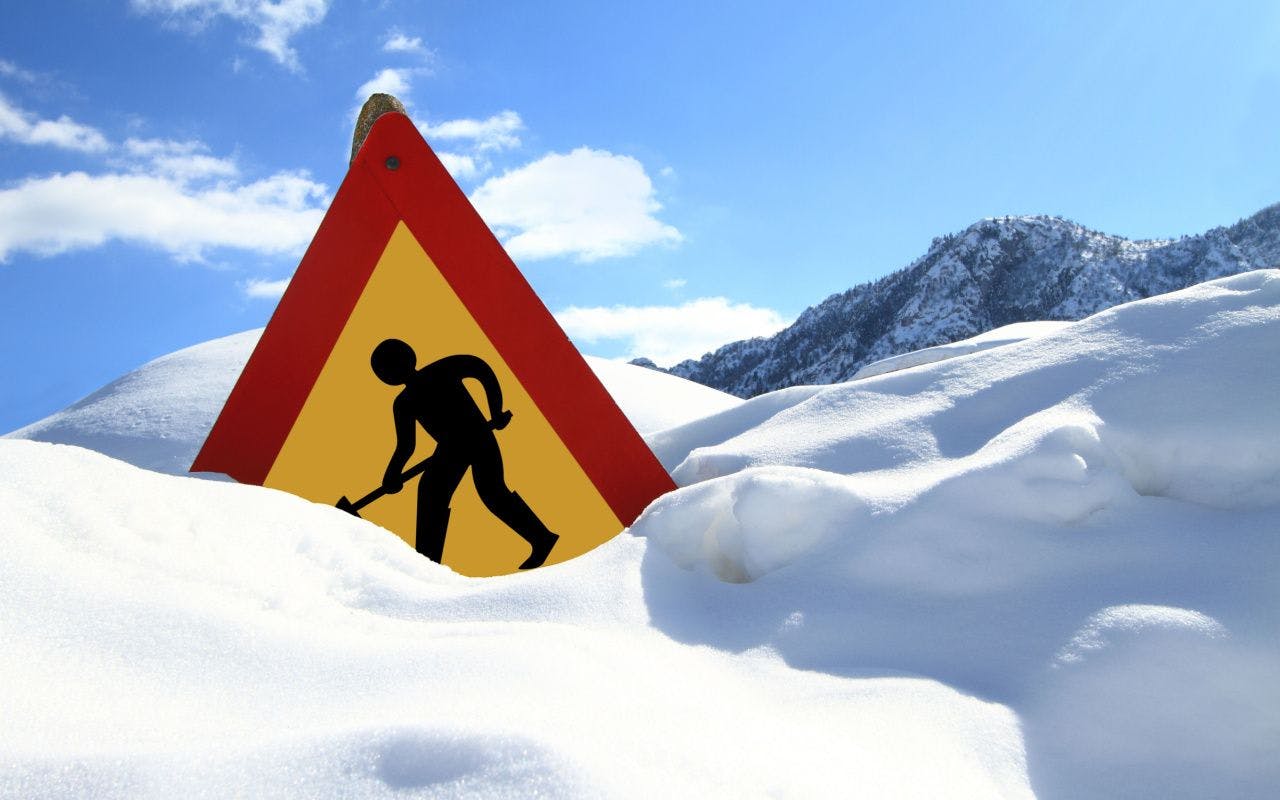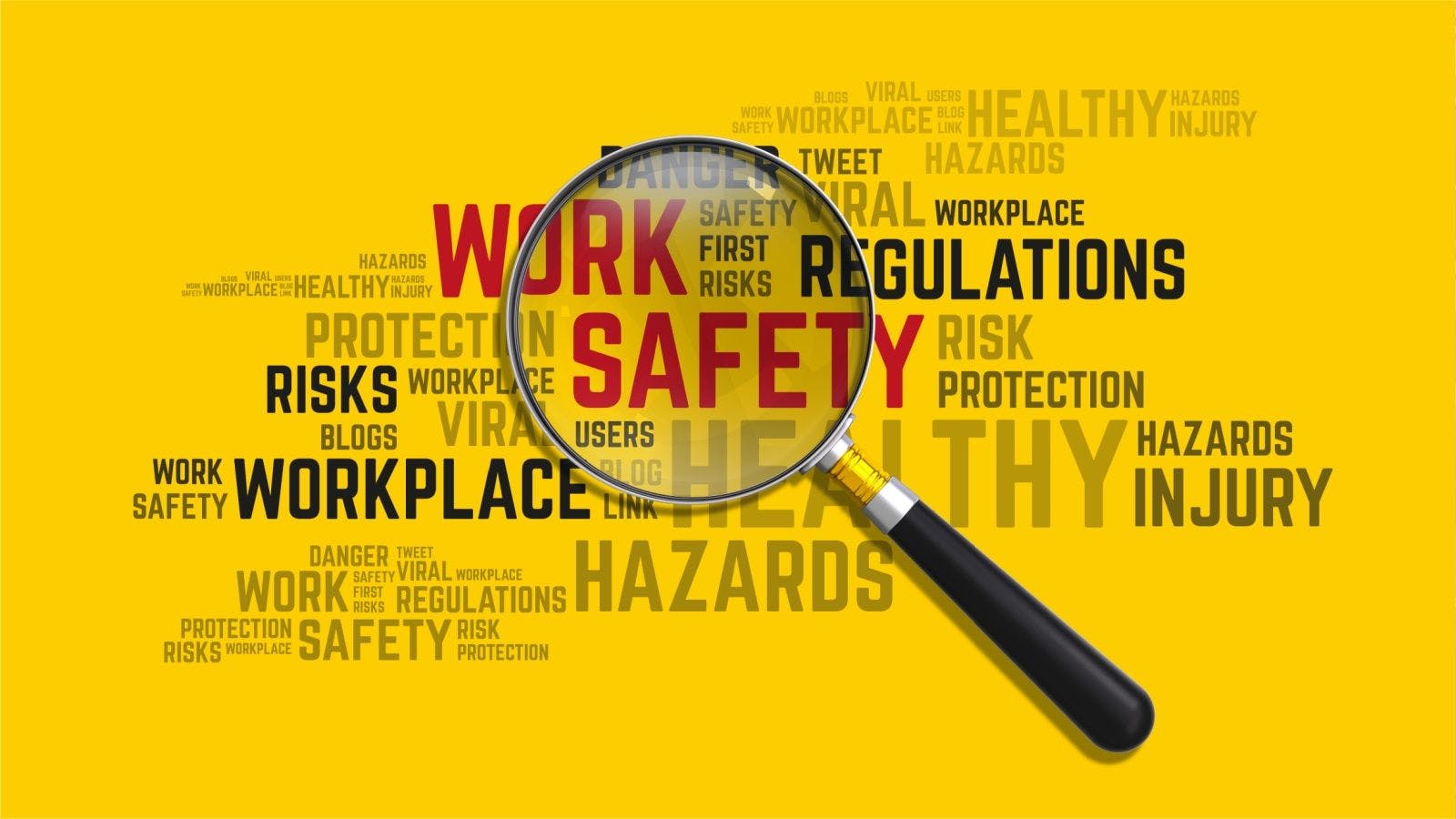
How to Optimize Construction-Site Safety This Winter
It’s no secret construction is one of the most dangerous industries to work in, and a lack of effective safety measures comes at an extremely high cost. Workers' compensation alone costs the industry over $7 billion a year.
While day-to-day construction work is dangerous in and of itself, inclement weather adds yet another variable impacting worker safety. Laborers can slip on ice resulting in an expensive hospital bill, or a snowstorm might disrupt communications, causing a costly stall in operations. Whatever the threat may be, construction companies must take appropriate safety measures to mitigate the risks and ensure the safety of their workers. Knowing budgets are tighter than ever, there are a few cost-effective ways construction companies can optimize safety this winter.
PROVIDE YOUR TEAM WITH PROPER GEAR AND EQUIPMENT
One of the simplest yet most important ways construction companies can ensure the safety of their workers this winter is by providing them with appropriate gear and equipment.
Warm clothes might seem like an obvious solution, but it’s a little step that will go a long way and something construction companies must keep in mind when budgeting for the coming winter months. Ensuring there is enough funding for high quality outerwear items like boots, jackets, hats and gloves will be key to protecting workers from the cold. When considering options, opt for water resistant articles of clothing with strong insulation when available. Investing in the right gear and equipment upfront can ultimately prevent costly injuries and health issues down the line.
LEVERAGE COMMUNICATION TECHNOLOGY AND PUBLIC RESOURCES
Another key to creating a safe construction site is ensuring workers always remain informed, especially during winter months when severe weather can wreak havoc on working conditions and disrupt phone and internet service communications. Having reliable communication systems in place plays a critical role in keeping operations running smoothly and informing workers of current conditions. Cellphone service isn’t always reliable, and cellphone towers can easily go down in a storm. Back up communication tools, like two-way radios, remain reliable no matter the situation.
Finding the right fit for reliable communications should be a focus leading up to severe winter months to ensure safety and stable business operations throughout the season. Construction companies, particularly in rural areas prone to winter weather, should consider solutions that don’t require cell or internet service given blackouts can be common during the cold months. Additionally, communication tools should be easy to use, durable and have a strong or sustainable battery life so that they can weather the storm.
Construction companies can also leverage public resources to help keep workers safe from severe weather. NOAA Weather Alerts keep workers informed in real time should a snowstorm or other winter emergency pose a threat to their safety and evacuation become necessary. Casualties from severe weather can occur simply because someone didn’t receive a notification on their cellphone or have access to alerts—but having an emergency radio equipped with NOAA Weather Alerts is a foolproof way to receive important, lifesaving notifications.
HAVE AN EMERGENCY PLAN AND PRIORITIZE TEAM TRAINING
One of the most impactful ways to mitigate risk at a construction site is to have an emergency plan and ensure the entire team is trained accordingly. Each and every worker should feel confident they’ll be able to execute what they practiced should they need to act or react in the face of emergency. This includes ensuring everyone knows where the emergency go-bag and first aid kits are located, what types of emergency tools they have on hand like radios, flashlights or snow shovels, and what their evacuation route might look like should they need to abruptly exit the site.
It’s also crucial to ensure go-bags are proactively stocked with necessities like food, water, multi-tools and on-the-go emergency radios for ultimate readiness. Additionally, having a weather radio placed in the trailer on jobsites can help give workers a head start should they need to activate an emergency plan due to severe weather.
Investing time and energy into emergency preparedness and the training that goes along with it is a crucial way to optimize workplace safety and prevent casualties and injuries, especially given the hazardous threats that the winter season brings.
The best construction companies prioritize safety to protect their workforce and assets. It’s not just medical expenses and overhead costs on the line. While decision makers should invest in new safety measures for the winter season, the investments do not need to be hugely cost-prohibitive.
Sometimes all it takes is a great plan, the proper equipment and seamless communication tools and methods to effectively optimize safety and ensure laborers are properly supported during inclement weather.
Related stories








